

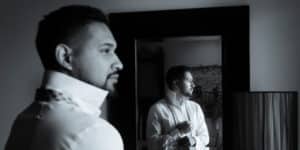

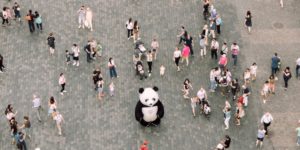

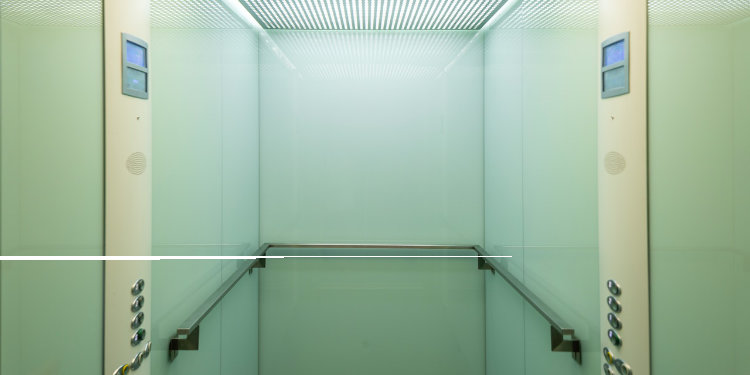

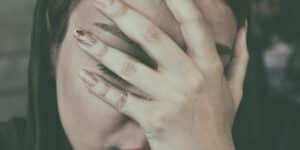
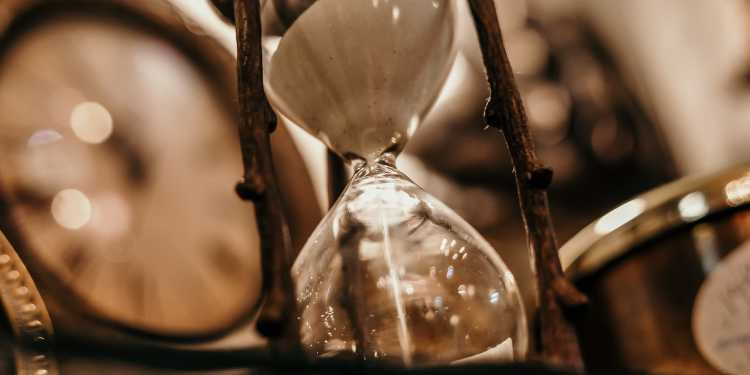
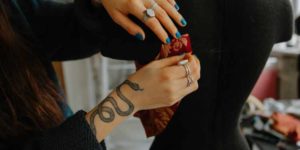
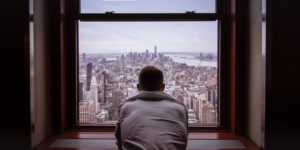
Coulrophobia can be categorized as a specific phobia, an irrational and intense fear related to a specific object or situation. Phobias tend to involve such an intense fear that they lead the individual to avoid certain situations in which they may encounter the things they fear. It even has the potential to heavily impact a person’s overall quality of life, especially if it leads them to avoid certain activities or events they might enjoy.
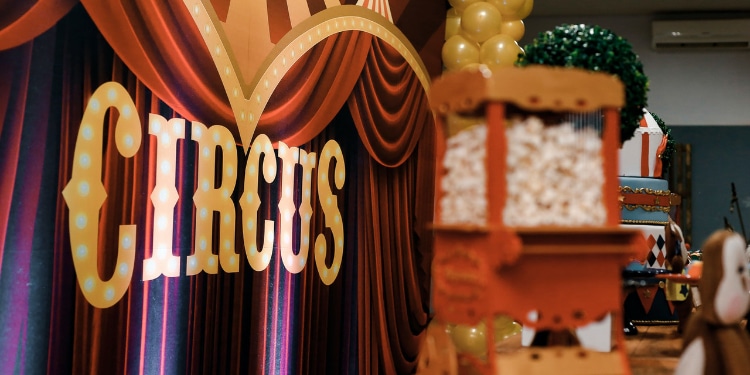
Coulrophobia specifically refers to the condition of having an overwhelming fear of clowns. This feeling of intense fear may be triggered by encountering, seeing, or even just thinking about clowns. The fear is so extreme that it can interfere with one’s normal functioning.
Symptoms of coulrophobia are similar to other specific phobias. When seeing a clown, one suffering from coulrophobia may experience:
Simply being afraid of clowns is insufficient for establishing a diagnosis. Having a specific phobia requires that the fear disrupts one’s quality of life.
It’s been reported that 7.8% of Americans fear clowns. This fear can come from an unpleasant experience, the memory of an evil clown personified in a horror movie, or some other negative association one may have with a clown in the past. While coulrophobia might not be something a person experiences daily, it can feel almost traumatizing for some people. The intensity of coulrophobia can range from simple unease to almost paralyzing fear.
It is not unusual for people to experience fear or even discomfort around clowns. The question is why.
The clown is a caricature that dates as far back as the Greek and Roman theater. The role was known as “the fool” in the theater and evolved into the slapstick comedy that clowns are known for in circuses. Some of a clown’s antics come from their goofy and silly persona. They also have a prankster or trickster side to them.
Old cartoons have illustrated the trick where the flower pinned to the lapel squirts water in the face of an unsuspecting individual. There is an element of trickery to clowns that is supposed to be fun for those who interact with them. However, it can give the perception of being untrustworthy, which may trigger fear for those who feel particularly vulnerable to being deceived.
Most clowns wear makeup, facial prosthetics, and wigs or hats that make their identities unknown. Masks and makeup are usually used to hide and disguise. While these things are not always used for negative purposes, they can be used by those who have bad intentions. The covering of a person’s face can create the feeling that someone has something to hide and can prevent that person’s intentions from being known.
These feelings can feed into further distrust. In general, people tend to fear the unknown. Clowns have some mystery to them between their prankster personalities and the costumes they wear. The unknown identity can lead to a very uneasy feeling for an individual who experiences coulrophobia.
Part of a clown’s costume can include makeup that exaggerates the smile or the eyes, a big red nose, a wig, oversized gloves, and big shoes. Their features are abnormal and unusual, which can be particularly jarring for children. This can lead to the development of a fear that lasts into adulthood.
In basic interactions, people use facial expressions and body language to make sense of what the other party is communicating. With exaggerated and distorted features, people are left feeling uncertain. This can trigger a response in the brain that potentially communicates, “This individual is unsafe,” activating the fight or flight response.
Probably one of the greatest contributors to the fear of clowns is the “bad” clown persona. Clowns are used in horror movies and as scare tactics throughout different cultures. In literature, it was seen in Edgar Allen Poe’s 19th-century short story “Hop-Frog.” As a jester, he takes revenge on the king and his cabinet by murdering them in front of his guests.
Stephen King’s IT has been brought to the film industry on several occasions to create lasting and disturbing memories with the clown Pennywise. The Joker has been an iconic character in comic books, television, and movies. His psychotic, trickster humor is mixed with a sadistic nature that has made him compelling and terrifying for decades.
One of the more classic horror movie scenes includes a clown terrorizing a child as he tries to fall asleep. Poltergeist pairs the “creepy clown” concept with the natural discomfort kids tend to face when lying in the dark as they attempt to fall asleep.
There have even been examples of the “evil clown” coming to life in a sense. In the 1970s, John Gacy sexually assaulted and murdered over 30 boys and young men. He was eventually convicted and executed for those killings. Gacy was dubbed the “Killer Clown” because he would dress up as a clown for special events and even children’s parties.
In 1990, Marlene Warren was murdered by a person dressed as a clown when she answered the door. In 2017, DNA evidence led to an arrest for Marlene’s murder. While serious crimes and even murder are not common in reality, the “evil clown” archetype has been disturbing many people for a long time.
The intensity of the fear can vary from person to person. While diagnosable coulrophobia might not be quite as common, the anxiety, discomfort, and uneasiness people feel around clowns are extremely common and should not be dismissed or mocked.
The important thing to remember is that coulrophobia, like any other phobia, can be treated. Common types of therapy used to treat phobias include Cognitive behavioral therapy, aka CBT, and exposure therapy. Therapy can help provide tools to manage the thought patterns caused by exposure to the feared object or person. As individuals work to treat their anxiety, they may be carefully and slowly exposed to their fear. When thoughts, pictures, or interactions trigger their fear-based response, they can use the anxiety management techniques they learned in therapy to cope.
Over time, their overwhelming fear may become more manageable or even eliminated. Therapy and anxiety management can allow people to arrive at a place where they can live without their crippling fear.
Sources